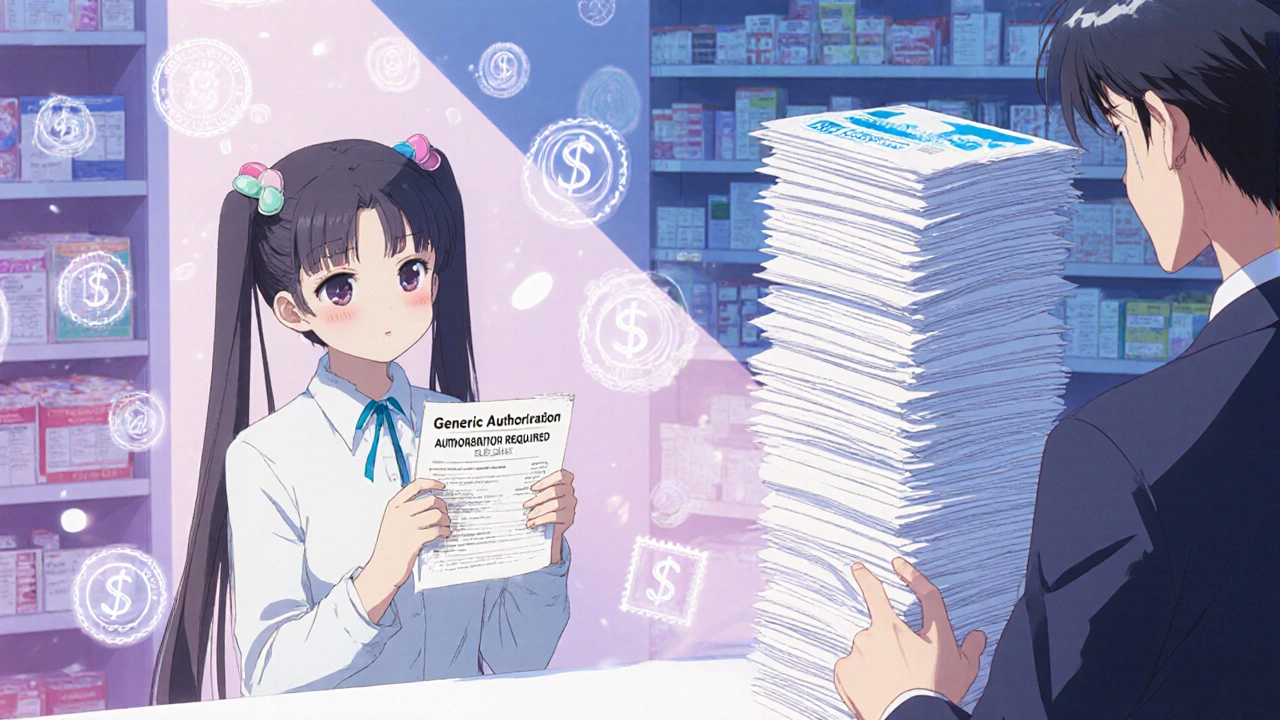Despite being cheaper and widely used, many generic medications now require insurance approval before being covered. Learn why this is happening, which drugs are affected, and how to fight back.
Read MoreGeneric Medications: What They Are, How They Work, and When to Choose Them
When you hear generic medications, lower-cost versions of brand-name drugs that contain the same active ingredients, meet the same standards, and work the same way in your body. Also known as generic drugs, they are the backbone of affordable healthcare—used by millions every day to treat everything from high blood pressure to depression. Many people assume generics are "weaker" or "less effective," but that’s not true. The FDA requires them to have the same dosage, strength, route of administration, and performance as the original brand. If your doctor prescribes Lipitor, and your pharmacy gives you atorvastatin, you’re getting the exact same medicine—just without the fancy packaging or marketing.
So why do brand-name drugs cost so much more? It’s not because they work better. It’s because the original company spent years and millions developing the drug, running trials, and getting approval. Once the patent expires, other manufacturers can produce the same formula. That’s when generic substitution, the process where a pharmacist swaps a brand-name drug for its generic equivalent, often without asking you. Also known as pharmacy substitution, it’s legal, common, and usually safe. But here’s the catch: not all substitutions are automatic. Insurance companies push for generics to save money, and sometimes they force switches mid-treatment. That’s why you need to know your rights. Some people react differently to fillers or coatings in generics, especially with medications like seizure drugs or thyroid pills. If you feel off after a switch, speak up. Your doctor can write "dispense as written" on the prescription.
Generic medications aren’t just about saving cash—they’re about access. Without them, millions couldn’t afford insulin, blood pressure pills, or antidepressants. But understanding how they fit into your treatment plan matters. brand vs generic, the comparison between original drugs and their lower-cost copies, often comes down to consistency, cost, and personal tolerance. Also known as generic drugs, they’re not always interchangeable in every situation. For example, if you’re on warfarin or cyclosporine, even tiny differences in absorption can matter. That’s why monitoring levels and staying in touch with your pharmacist is key. You’ll find posts here that explain how insurance forces substitutions, when you can fight back, and what to watch for if your medication suddenly feels different.
And it’s not just about pills. You’ll also see comparisons between generic albuterol and Ventolin, tadalafil and Cialis, or dapsone and its alternatives. These aren’t random picks—they’re real decisions people make every day. Whether you’re managing diabetes, asthma, depression, or erectile dysfunction, chances are there’s a generic version that could save you hundreds a year. But knowing when to stick with the brand, when to switch, and how to spot problems is what keeps you safe. The articles below give you the facts—not the hype—so you can make smart choices without guessing.
